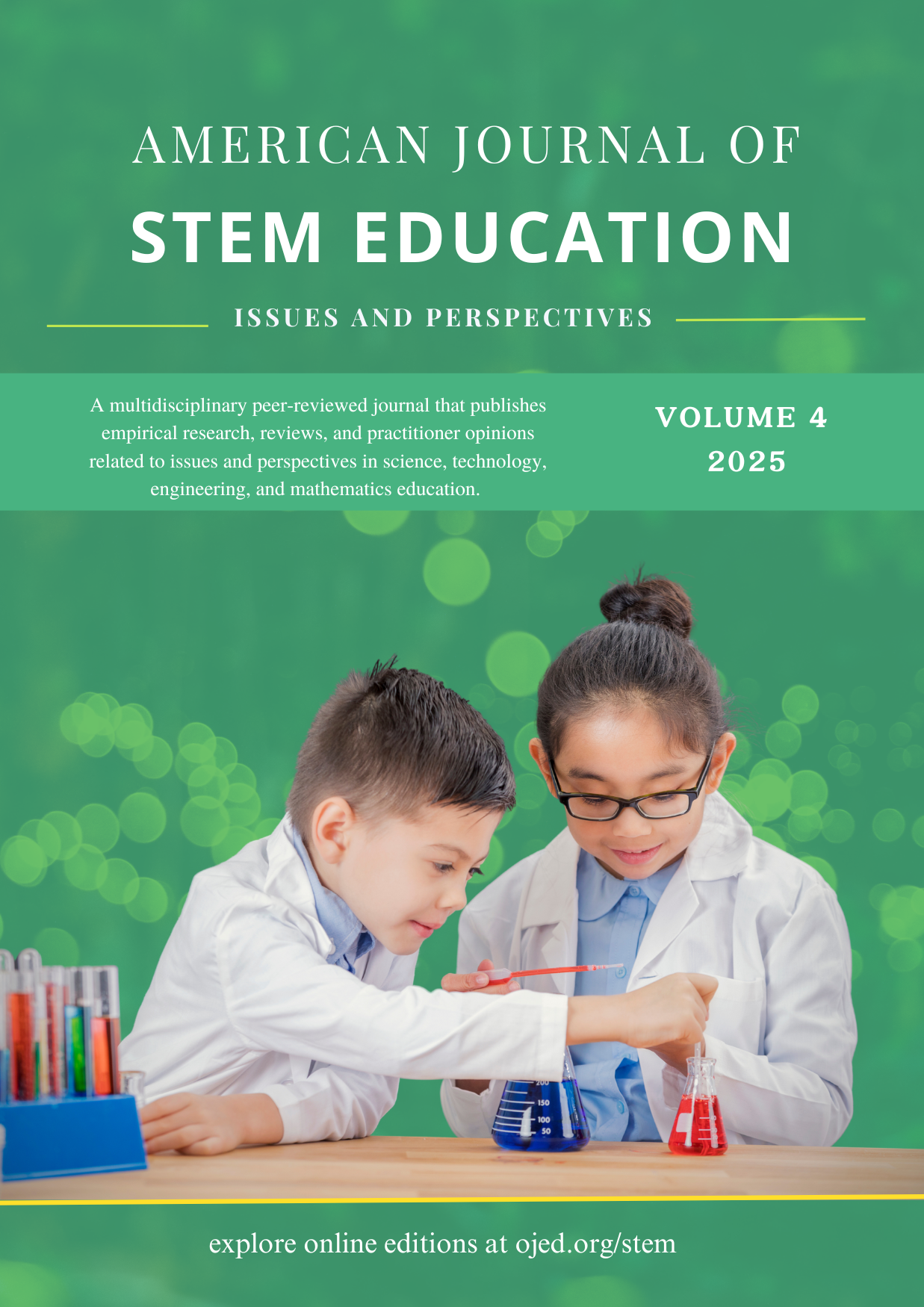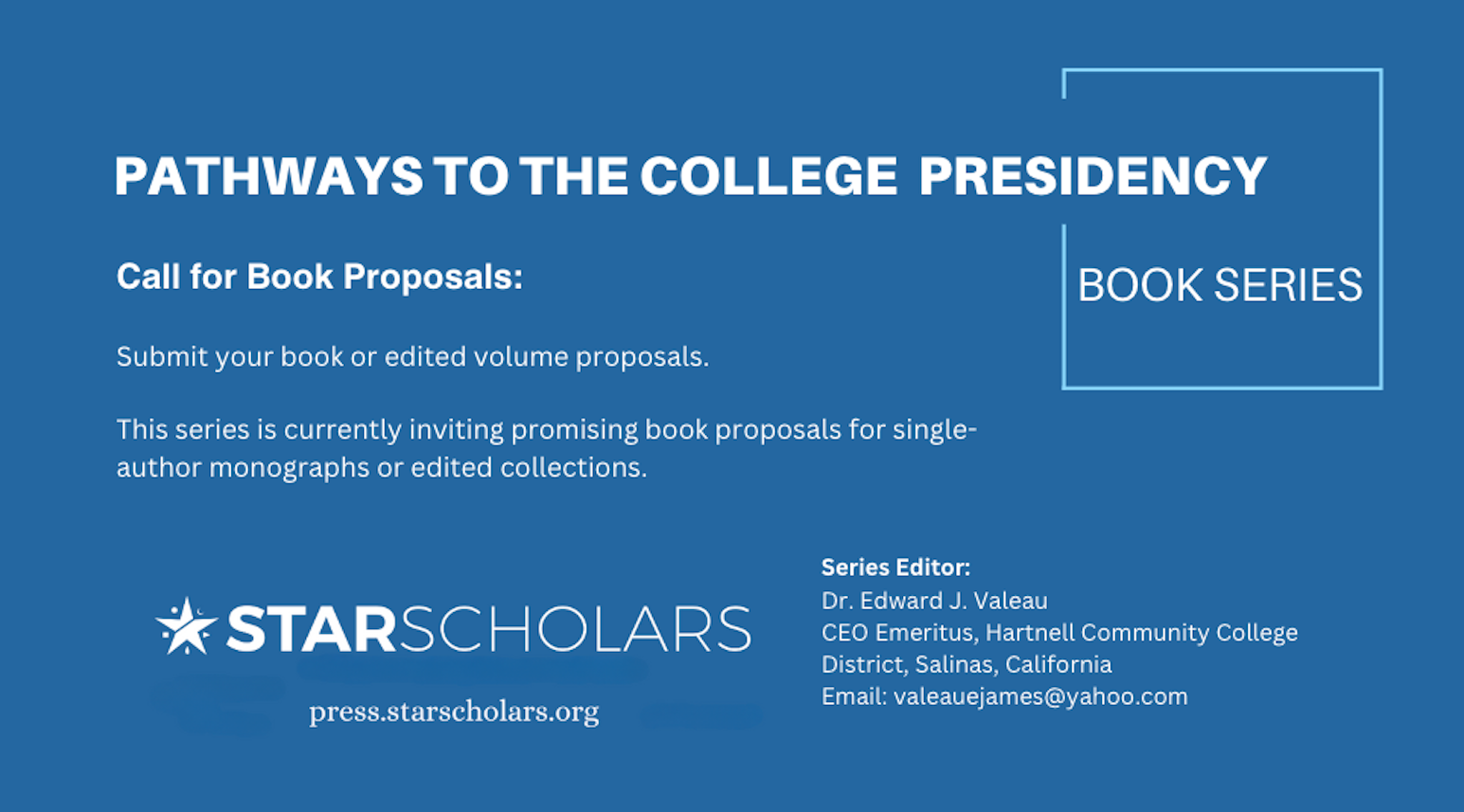Challenging a curriculum of disembodiment
STEM education in two Canadian classrooms
DOI:
https://doi.org/10.32674/82hs0y89Keywords:
Culturally relevant pedagogy, Habitus, History of Mathematics and Science, DisembodimentAbstract
We conceptualize the effects of the absence of cultural and historical narratives in science and mathematics as a phenomenon which distances the learner from the rich cultural and narrative histories in STEM subjects through a theoretical framework we call a curriculum of disembodiment. Using Bourdieu (1986) to understand the habitus that STEM students currently occupy, we contend that children are taught to strive for greater social and economic power through STEM learning designed for utilitarian purposes that garner them social and economic capital. Facing feelings of anxiety, disembodiment and trauma, many secondary students have a contentious or nearly absent relationship with our STEM courses. In response, we implemented culturally relevant teaching practices and assessments (Ladson-Billings, 1995). The results included higher student engagement and increased student voice.

 Call for Special Issue Proposals
Call for Special Issue Proposals 


